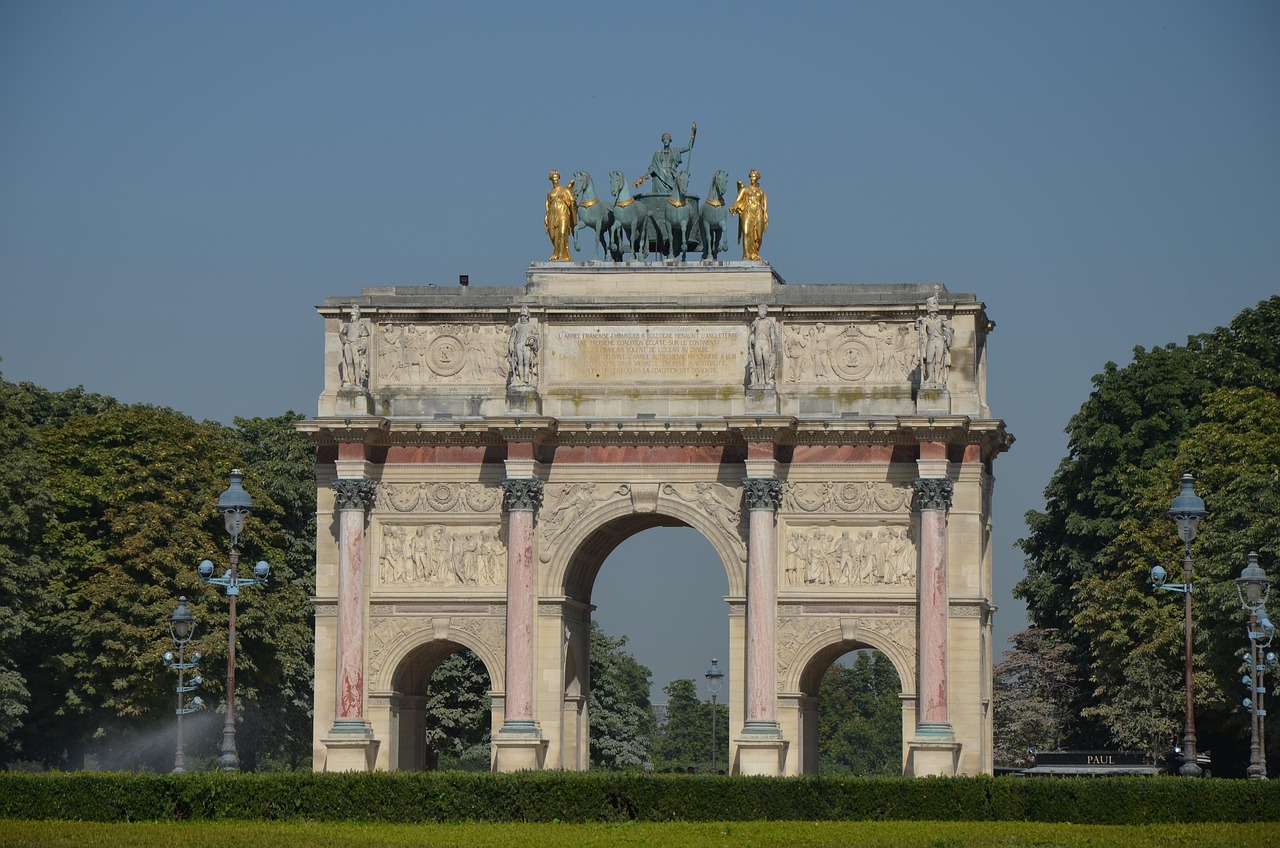中国建筑,作为东方文明的重要组成部分,以其独特的风格和深厚的文化底蕴,吸引了世界各地的目光,本文将为您提供一份详尽的英文介绍,带您领略中国建筑的精髓,并深入探讨其背后的文化意义。
Introduction to Chinese Architecture
Chinese architecture is a rich tapestry woven with thousands of years of history, culture, and artistic expression. It is not merely about buildings; it is a reflection of the philosophical, religious, and social values of the Chinese people. In this article, we will explore the key features, historical development, and cultural significance of Chinese architecture, providing an English introduction that delves into the heart of this ancient art form.
Key Features of Chinese Architecture
1、Harmony with Nature: Chinese architecture emphasizes the integration of buildings with their natural surroundings. This principle is evident in the placement of structures, which often follow the contours of the land and are designed to complement, rather than dominate, the environment.
2、Symmetry and Balance: Symmetry is a fundamental aspect of Chinese architectural design, symbolizing order and balance. Buildings are often arranged along a central axis, creating a sense of harmony and stability.
3、Roof Design: The distinctive curved roofs of Chinese buildings, with their upturned eaves, are not only aesthetically pleasing but also functional, providing protection from the elements and facilitating the flow of rainwater.

4、Color and Decoration: The use of vibrant colors and intricate decorations is another hallmark of Chinese architecture. Red and yellow, symbolizing prosperity and nobility, are often used for imperial buildings, while wood carvings, stone reliefs, and painted murals adorn both religious and secular structures.
5、Wood as the Primary Material: Wood has been the primary building material in China due to its availability and workability. This has led to the development of unique joinery techniques that do not rely on nails or screws.
Historical Development
The history of Chinese architecture can be traced back to the Neolithic period, with significant developments occurring during the Xia, Shang, and Zhou dynasties. The Qin and Han dynasties saw the construction of the first imperial palaces and the Great Wall, while the Tang and Song dynasties were known for their sophisticated and elegant architectural styles.
During the Ming and Qing dynasties, Chinese architecture reached its zenith, with the construction of the Forbidden City in Beijing, which stands as one of the most impressive examples of Chinese imperial architecture. The Forbidden City, with its 980 buildings spread over 720,000 square meters, is a testament to the grandeur and precision of Chinese architectural design.
Cultural Significance
Chinese architecture is deeply rooted in Confucian, Taoist, and Buddhist philosophies. It is believed that the harmony of the built environment contributes to the harmony of society. The layout and design of buildings are often influenced by feng shui, the ancient Chinese practice of creating harmony between humans and their surroundings.
Religious architecture, such as temples and pagodas, plays a crucial role in Chinese culture, serving as places of worship, meditation, and community gathering. The design of these structures is intended to inspire reverence and awe, with towering pagodas reaching towards the heavens and temple complexes nestled in serene landscapes.
Modern Chinese Architecture
In recent decades, Chinese architecture has embraced modernity while still honoring its traditional roots. Architects like I.M. Pei, with his design of the Bank of China Tower in Hong Kong, and the more recent Beijing National Stadium (Bird's Nest) by Herzog & de Meuron, have created iconic structures that blend contemporary design with Chinese elements.
The rapid urbanization and economic growth in China have led to a surge in skyscrapers and modern infrastructure. However, there is a growing movement to preserve and revitalize traditional architecture, recognizing its cultural and historical value.
Conclusion
Chinese architecture is a living legacy that continues to evolve, reflecting the dynamic nature of Chinese society and culture. It is a testament to the ingenuity and aesthetic sensibilities of the Chinese people, offering a unique perspective on the interplay between humans and their built environment.
For those interested in exploring Chinese architecture further, visiting sites like the Great Wall, the Forbidden City, and the ancient villages of Lijiang and Pingyao can provide a firsthand experience of this rich architectural heritage. Additionally, studying the works of Chinese architects and the principles of feng shui can deepen one's understanding of the philosophical underpinnings of Chinese architecture.
This article provides an overview of Chinese architecture, highlighting its key features, historical development, and cultural significance. It is our hope that this introduction will inspire readers to delve deeper into the study of Chinese architecture, appreciating not only its beauty but also the profound wisdom it embodies.

在足球的世界里,球星们不仅是场上的英雄,也是公众人物,他们的行为举止...

直播吧9月12日讯拉齐奥主帅巴罗尼接受了媒体的采访,对球队新援、阿森...

直播吧9月20日讯本轮中超北京国安客场3-1战胜梅州客家。第88分钟...

都说穷则思变,早就烂到根上的中国男足在世预赛遭遇耻辱性连败之后,对人...

北京时间9月23号,陈梦解锁“校长”身份,孙颖莎王楚钦也有新身份,马...